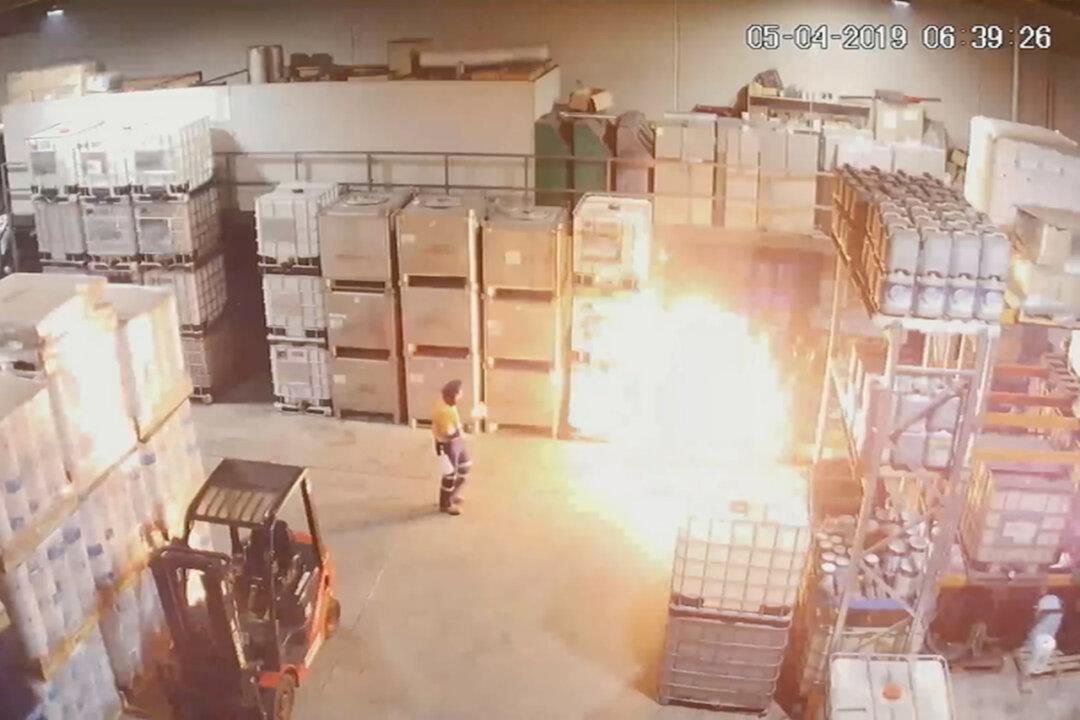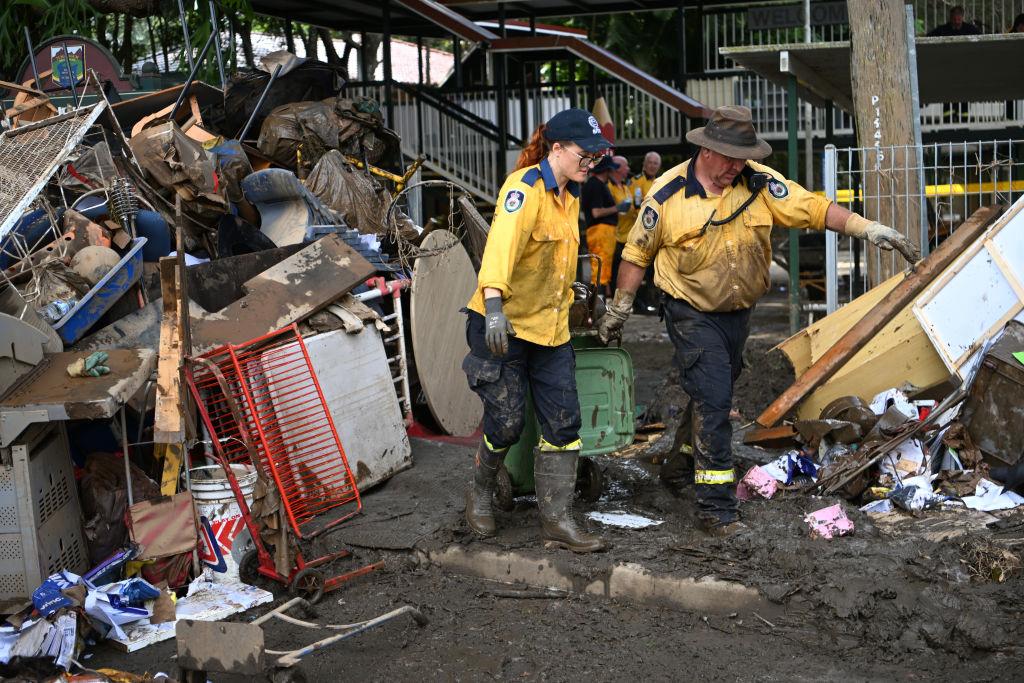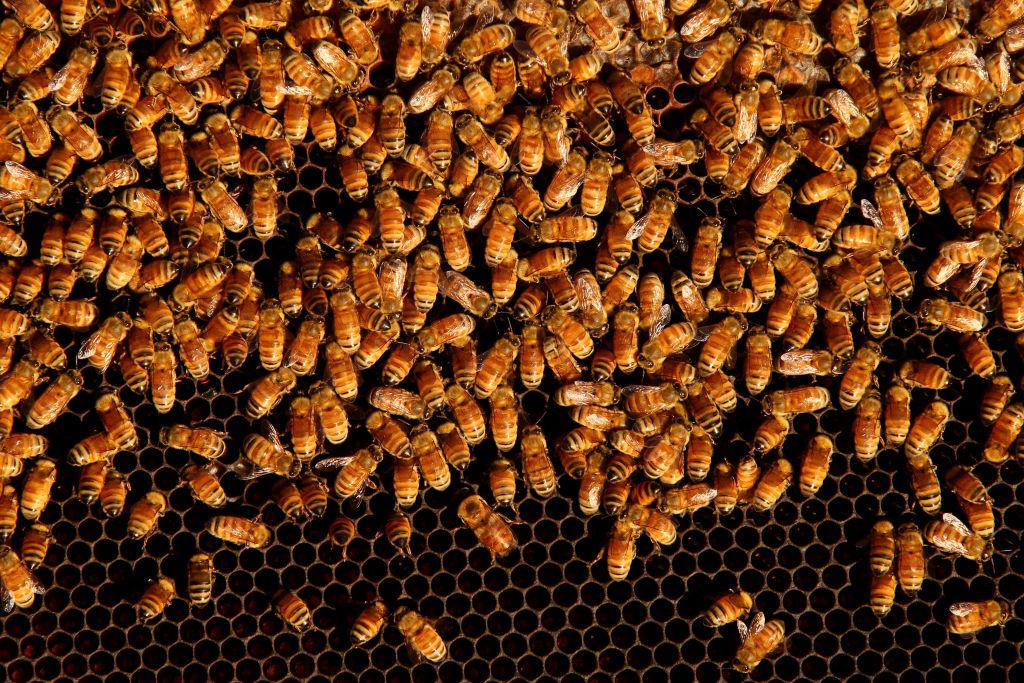A chemical waste company in Melbourne, Australia, has been hit with almost $3 million (US$2 million) in fines after an enormous industrial fire broke out and left a worker hospitalised in April 2019.
The chemical waste recycling company Bradbury Industrial Services Pty Ltd operated multiple solvent waste processing and recycling facilities in Melbourne’s north since 2006. On April 5, 2019, their Thornycroft Street, Campbellfield, warehouse went up in flames and burned for several days.





